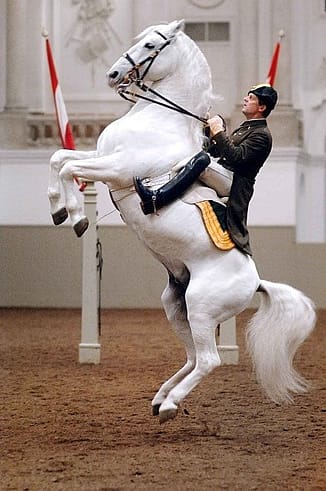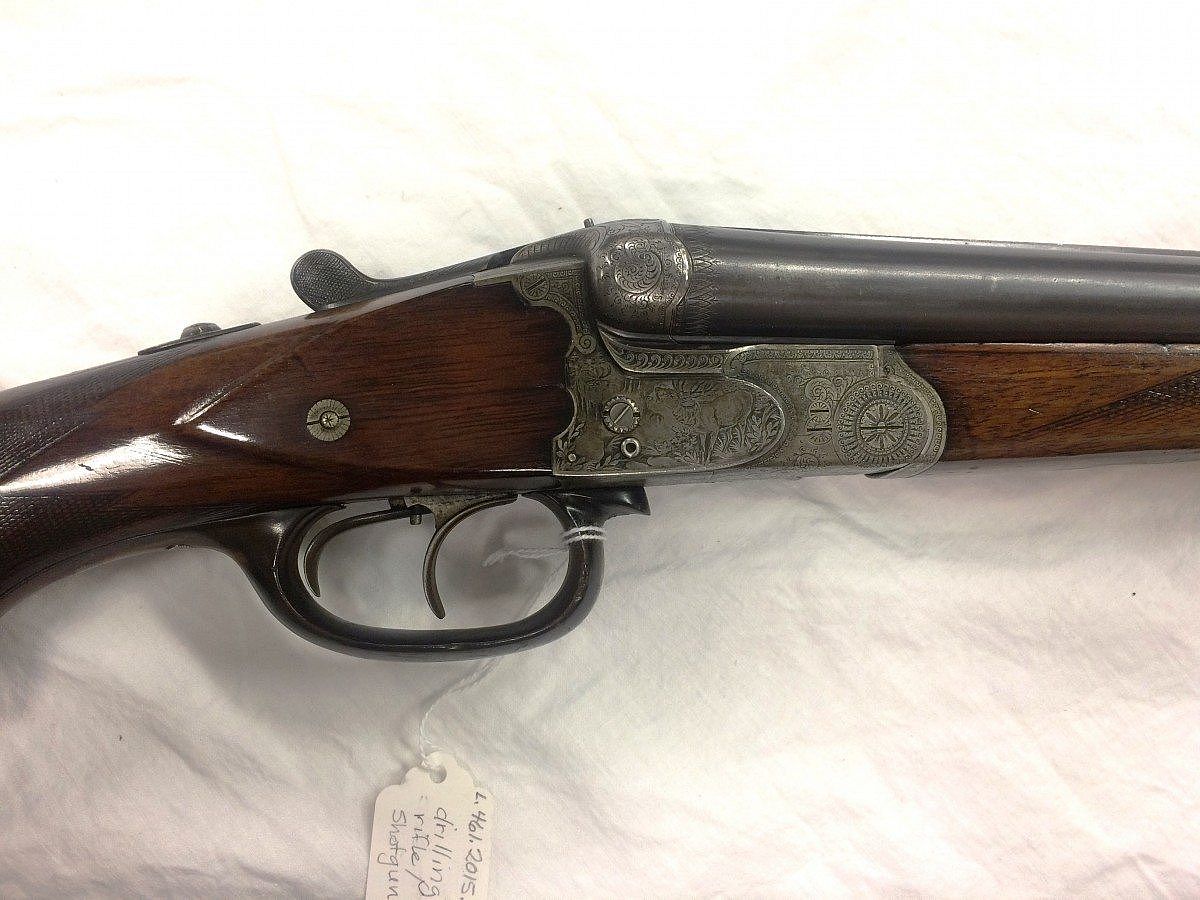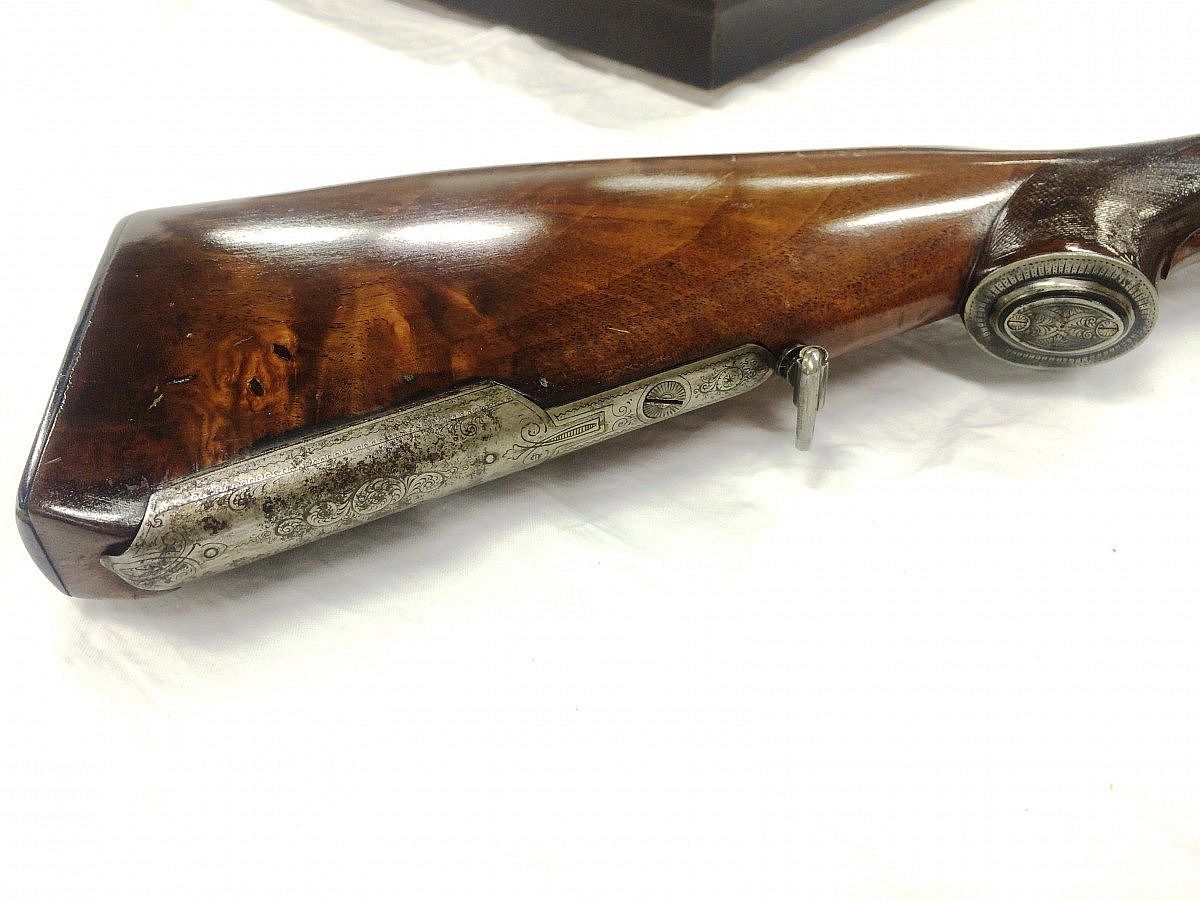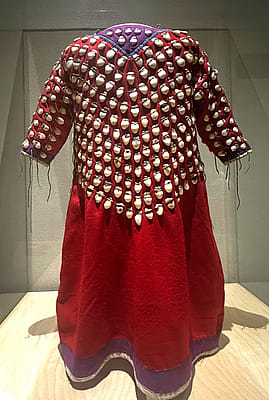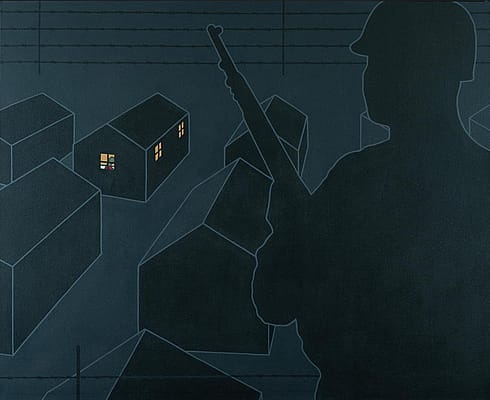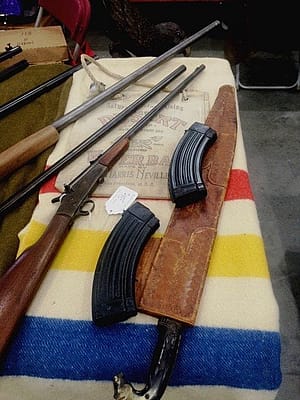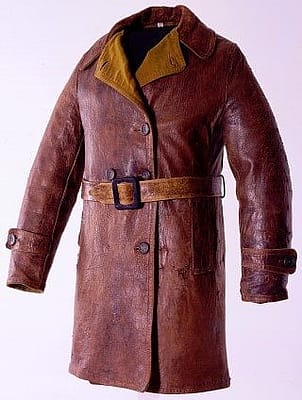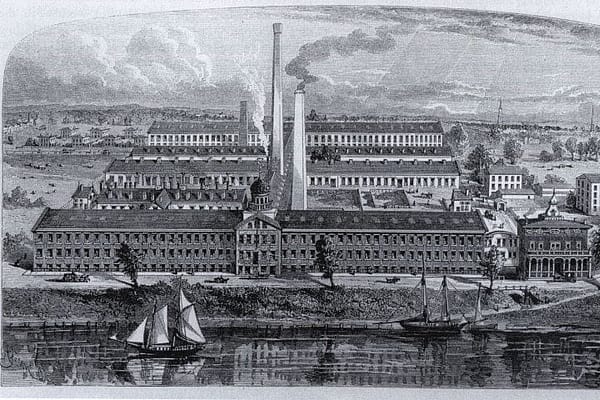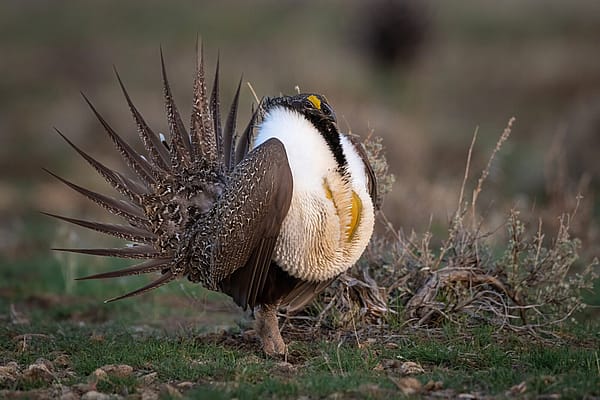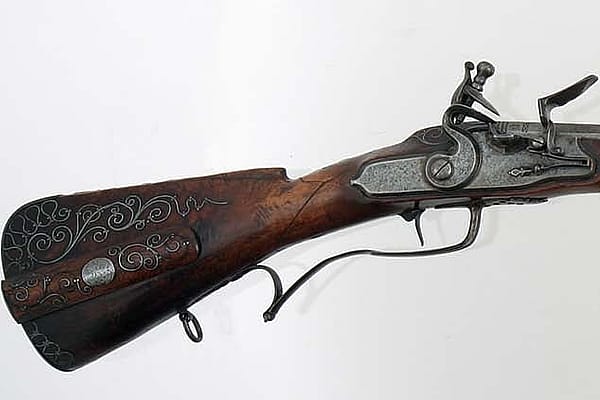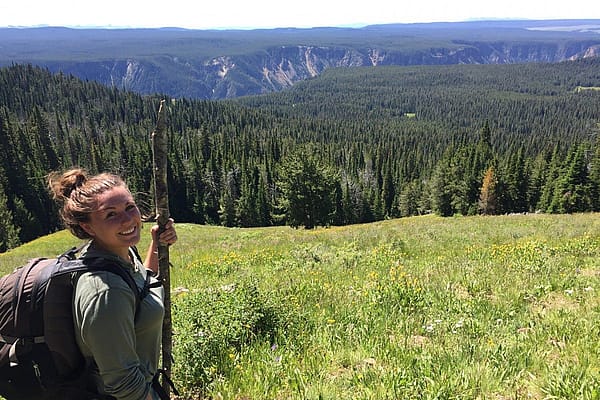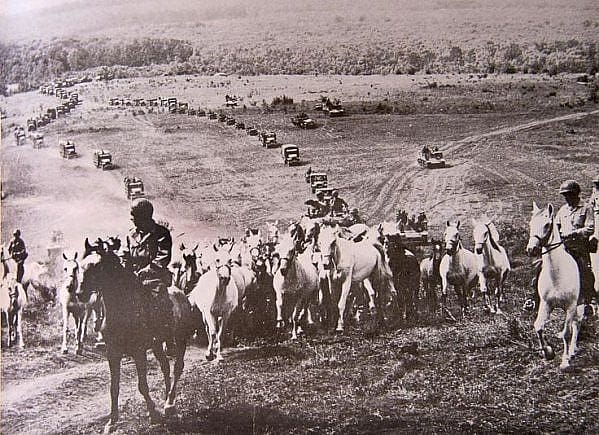
Powder Hour: Operation Cowboy
The Liberation of the Lipizzaner Horses
The Lipizzaner horses were bred as early as 1580 in Lipizza, Italy. The horses are famous for their performances perfected at the Spanish Riding School in Vienna, Austria, since 1572. They are the oldest cultivated breed of horses in Europe. Both riders and horses go through years of training to perfect movements that protect both the horse and the rider. Their steps are also graceful with little instruction from the rider. One of the most notable performances is the “airs above ground,” which includes a movement called the courbette. A series of jumps on the hind legs while keeping the forelegs in the air. In 1945, the war was coming to an end but a secret mission called Operation Cowboy under General George S. Patton would bring together American and German forces. At the end of a massive world war, the United States Second Calvary saved this culture that was more than four hundred years old.
Operation Cowboy was a mission to rescue more than four hundred horses from the German Army in Hostau, Czechoslovakia. Hostau was eighteen miles over the border. The small town held a collection of Arabian, Prussian, and Lipizzaner horses that were all taken from Europe by the Nazis. Due to air raids and growing fears that the Russian army would capture the horses to feed their soldiers, the United States Army set out to save the herd.
Colonel John Hancock Reed, Commanding Officer of the 2nd Cavalry, heard of the nearly four hundred horses, as well as hundreds of Allied prisoners of war in Hostau. He sent a message to Patton asking permission to complete the mission. Patton replied, “Get them. Make it fast.” Captain Rudolph Lessing, a German Captain and veterinarian, was dispatched by Colonel Reed to discuss intentions. Lessing agreed to help with the mission and to urge the German commander to surrender if he could have another accompany him. Colonel Reed then contacted Captain Thomas Stewart for his aid. Tennessean Thomas Melville Stewart was an Intelligence Officer for the 42nd Squadron of the U.S. Army’s Second Cavalry. Reed chose Stewart for the mission because of his equestrian experience and his limited knowledge of the German language. Captain Stewart’s job was to accompany Lessing and arrange an agreement with the German lines in Hostau.
Upon their arrival, the German General was uncertain of the mission but Lessing and Stewart were able to convince the soldiers of the importance of the operation. They agreed to allow the American troops to come back and secure their horses and men, as long as Stewart could agree that there would be a number of tanks to allow for a more honorable surrender. The next day, Stewart and his task force with two light tanks, arrived at Hostau. The Germans surrendered and horses and troops were quickly taken into the hands of the 42nd Reconnaissance Squadron. The two opposing parties worked together to save a threatened breed and ultimately a tradition.
Stewart, Reed, and Lessing led the way on a rescue mission in a small Czechoslovakian town in what we refer to as Operation Cowboy. American, Polish, German, and Ukrainian soldiers moved the horses across borders in less than two days. With the help of the United States Army’s Second Cavalry and the German Army, Operation Cowboy succeeded. As an appreciation, General Patton awarded Thomas Melville Stewart with this German made Drilling shotgun. Stewart was also awarded the Bronze Star, as well as the National Gold Award by Austria.
Click on the pictures above to see a closer look at the Drilling shotgun.
The Operation Cowboy Exhibit will be on display at the Cody Firearms Museum August 6th. Come see the Drilling shotgun that was awarded to Stewart by General Patton!
Written By
Rebecca Hoback
Rebecca Hoback is from Nashville, Tennessee. She is a graduate from the University of Tennessee at Chattanooga, where she earned a bachelor’s degree in History. In 2016, she served as a Cody Firearms Museum Intern as well as a Firearms Records Intern. Her interest is in Civil War history and the history of the American West. She went on to study for her master’s degree in History with a concentration in Public History, and pursue a career as a curator.
